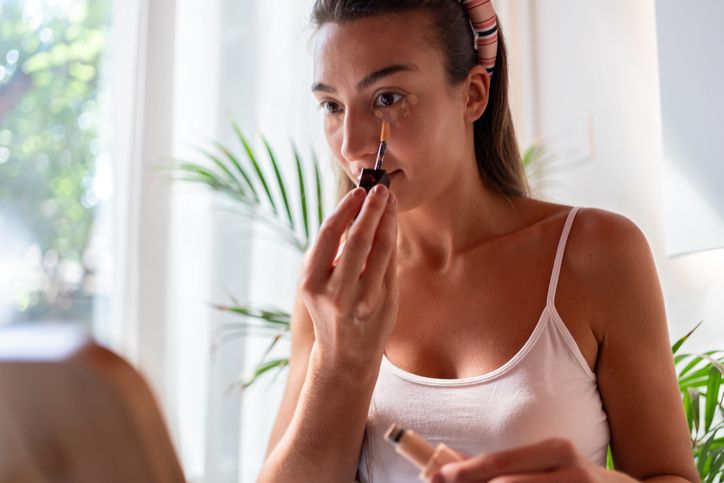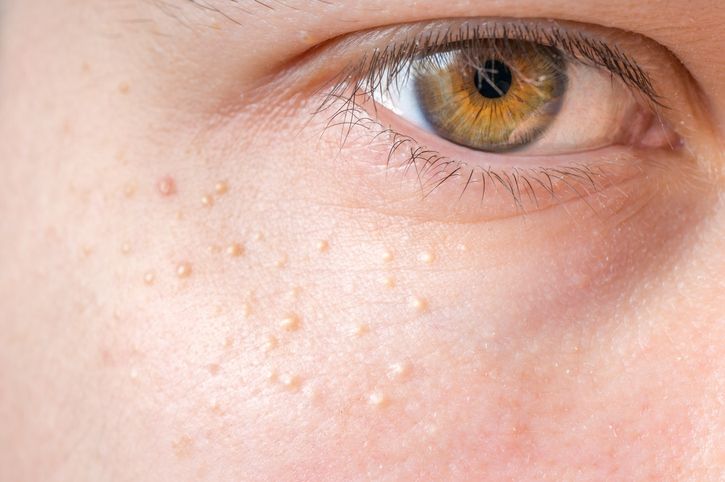- Home
- Trend
- Weight Loss Strategies
- Acne Tips
- Hair Health Information
- Blemish Removal Tips
- Acne Scar Removal Tips
- Muscle Building Techniques
- Intimate Care Tips
- Postpartum Intimate Care
- Eye Bags Wiki
- Tips for Face Slimming
- Secret of Permanent Hair Removal
- Breast Enlargement Tips
- Cure to Snoring
- Marionette Lines
- Skin-Tightening Secrets

免費體驗
Thermage FLX 5th Generation Face Lift Treatment
1 Minute Self-Registration
Date should not be before minimal date
Eye bags, that puffiness you see as you get older, aren't just about looks—they're a puzzle with many parts. Knowing why they show up helps you find the right plan to deal with them. Let's dig into what causes eye bags and find easy ways to make your eyes look refreshed and lively again.
1
What Causes Eye Bags and Who Gets These Bags Under Eyes Easily?
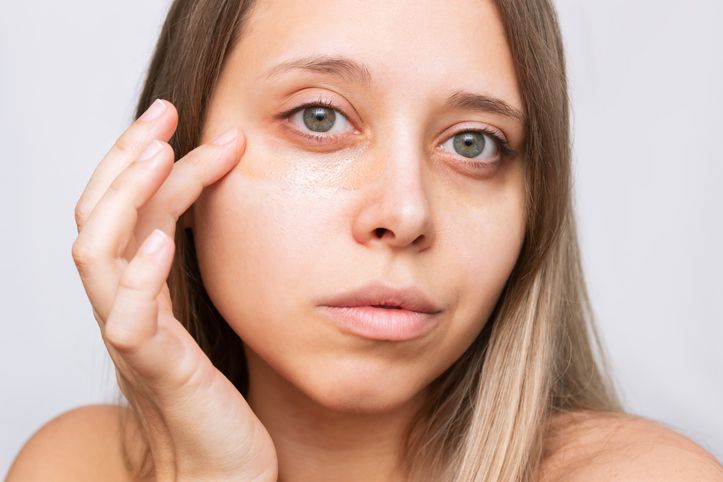
1. Your Genes
2. Sleep Quality
3. Dietary Habits
4. Hydration Levels
5. Smoking and Alcohol
6. Sun Exposure
7. Stress and Fatigue
8. Excess Fat and Fluid Retention
9. Weakening of Muscles
10. Skin Tone and Allergy Symptoms

2
Effects on Appearance and Health
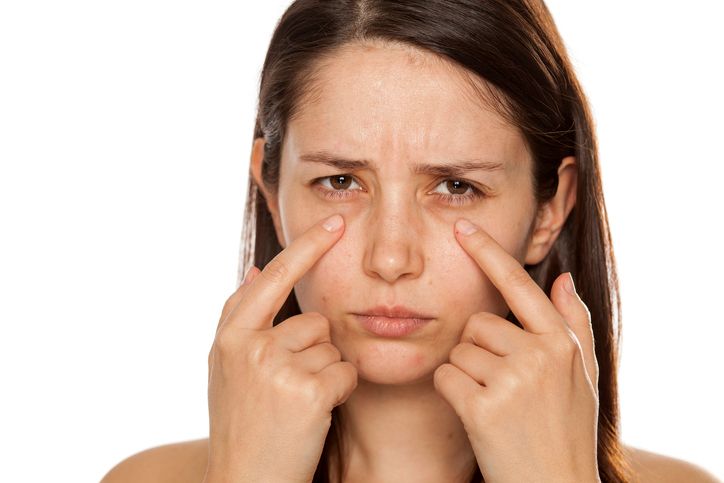
- How Does Thermage Work: Understanding Non-Surgical Skin Tightening for Loose Skin and Signs of Aging
- Does Thermage Use Heat to Tighten Skin? Can Thermage Burn Skin or Melt Cheek Fat?
- Is Thermage a Facelift? How Is Thermage the Better Option for Non-Invasive Face Tightening
- Dry Skin or Combination Skin? 9 Signs of Dry Skin, Skincare Tips, and Recommended Products
3
6 Available Solutions to Treat Bags Under Eyes
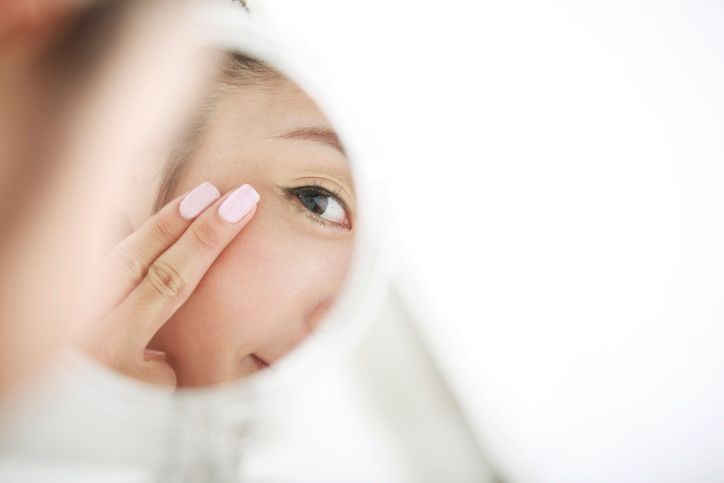
Chemical Peels
Eye Cream Applications
Thermage FLX 5th Generation Face Lift Treatment
DIY Remedies
Consider Medical Treatment for Underlying Medical Conditions

4
Taking Care of Your Skin: Skincare Tips for Managing Eye Bags
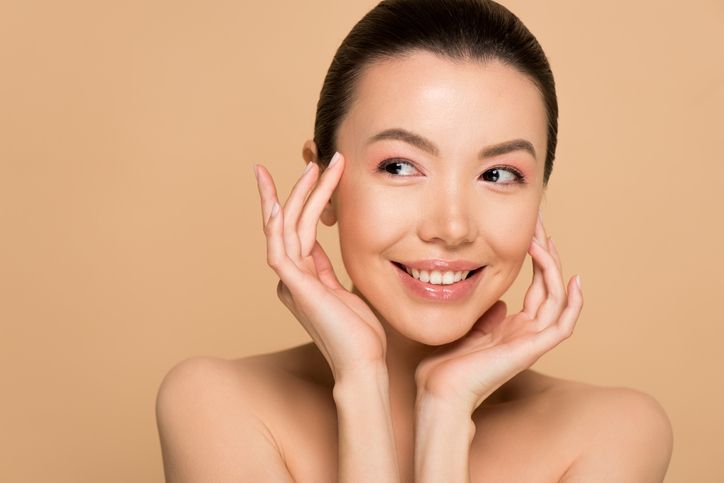

免費體驗
Thermage FLX 5th Generation Face Lift Treatment
1 Minute Self-Registration
Date should not be before minimal date
5
Last Few Words
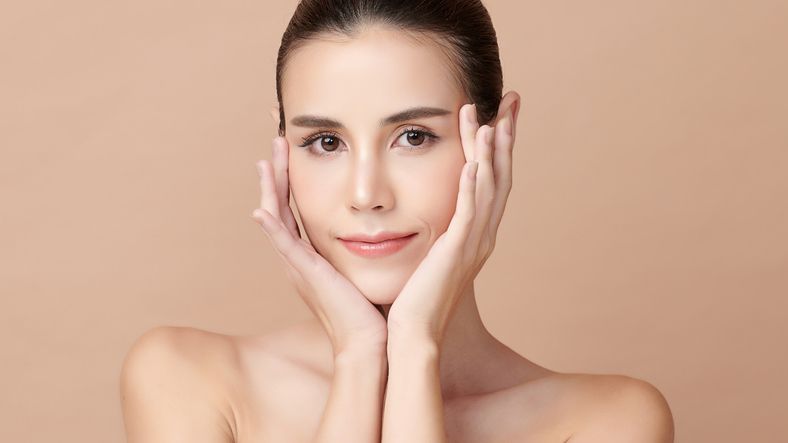

免費體驗
Thermage FLX 5th Generation Face Lift Treatment
1 Minute Self-Registration
Date should not be before minimal date
FAQ

1. How can skin therapies help reduce bags under your eyes?
Skin therapies, such as using specialised eye creams or undergoing treatments like microneedling or laser therapy, can effectively target bags under your eyes. These therapies often focus on improving skin elasticity, reducing puffiness, and promoting collagen production. For example, gentle massages with hydrating serums or eye creams containing ingredients like hyaluronic acid and peptides can boost skin hydration and firmness, diminishing the appearance of bags under your eyes over time. Additionally, treatments like microneedling or laser therapy can stimulate collagen production and improve skin texture, further reducing the prominence of eye bags.
2. Can cool compresses help with puffy eyes caused by seasonal allergies?
Cool compresses are a simple yet effective remedy for alleviating puffy eyes, especially when caused by seasonal allergies. Applying a cool compress, such as a damp cloth or chilled eye mask, to the undereye area can help reduce inflammation and soothe irritated skin. The cool temperature constricts blood vessels, reducing swelling and puffiness around the eyes. This approach is particularly beneficial during allergy seasons when eye irritation and puffiness are common due to allergens like pollen or dust.
3. Are allergic reactions to certain skincare products related to changes in skin colour?
Allergic reactions to skincare products can indeed result in changes in skin colour, especially in sensitive areas like the eyes. When an allergic reaction occurs, the skin may become red, inflamed, and sometimes darker or lighter in colour depending on the individual's skin tone. This reaction can contribute to the appearance of bags under the eyes, as the skin around the eyes is thin and more susceptible to irritation. It's essential to identify and avoid products that trigger allergic reactions to maintain skin health and prevent changes in skin colour.
4. How does drinking fluids impact the appearance of bags under the eyes?
Adequate hydration by drinking fluids plays a crucial role in reducing the appearance of bags under the eyes. Dehydration can lead to water retention, causing puffiness and swelling in various areas of the body, including the undereye area. By staying well-hydrated and consuming an adequate amount of water throughout the day, you can help regulate fluid balance and minimise water retention, thus reducing the prominence of bags under your eyes.
5. Is eyelid weakening a serious condition that requires an outpatient procedure?
Eyelid weakening, often associated with conditions like ptosis or age-related changes, can contribute to the appearance of bags under the eyes. Ptosis, or drooping eyelids, can cause excess skin to accumulate in the lower eyelid area, creating the illusion of bags. In cases where eyelid weakening affects vision or causes significant cosmetic concerns, outpatient procedures like eyelid lifts (blepharoplasty) may be recommended. These procedures involve removing excess skin, repositioning or tightening muscles, and addressing fat deposits to achieve a more rejuvenated and refreshed eye appearance.








